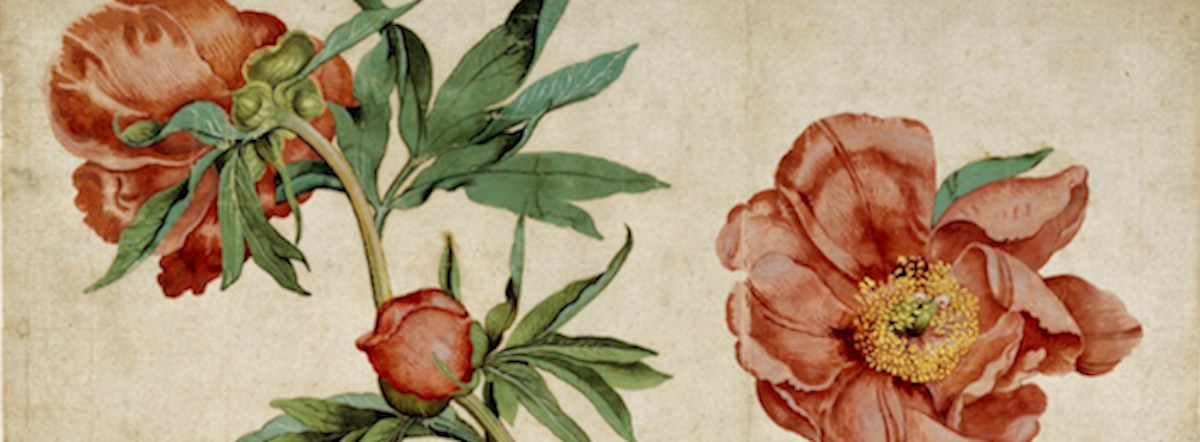About
An overview of the motivations behind this creative project

I worked with Dr. Tara Wood to solidify my creative project topic, The Renaissance Gardens of early modernEngland. During the summer of 2018, I completed an independent study with Dr. Wood centered around building an understanding of the topic. During this course I became familiar with several secondary and primary sources on the subject. The work of historian Roy Strong and his analysis of the Renaissancegardens of England and the cultural impact that these spaces held within early modernsociety servedas the inspiration and basis for this project. It was important to place English garden history into a larger historical context, recognizing their importance in understanding early modern culture and social values represented in landscape.
Writing the content was the first step and a continually changing aspect of this project. To organize the abundance of information gleaned from the summer course prior. I began the process of making a story map. To complete this digital application, I worked closely with Angie Gibson the Geographic Information Systems Specialistat Ball StateUniversity. Together we built a spatial story about the Renaissancegardens of early modern England. Angie showed me how to take the information I had gathered and translate it into a cohesive component of my project. The incorporation of a GIS story map into my project provides the perfect outlet of the spatial information that is interactive. The benefit of presenting special information in this format is the ability to physical see what would otherwise be visualized in the mind’s eye. It can be argued that the use of GIS story mapping allows for a more complete understanding of spatial information.
The construction of this story map took place over course of several months. After these applications were added, tested and perfected as a of the larger story map I shifted may attention to text analyzation. The use of Voyant Tools allows for the analytical understanding of several source sumptuously, pulling major themes from the text. Voyant offers several options in regards to the types of tools one can use to analyze a body of text, it is a game of trial and error in deciding which tool displays the text in the most impactful way. Prior to my creative project I had used Voyant Tools in a class with Dr. Douglas Seefeldt, professor of history, at the Ball State University History Department a year previous. In need of a refresher I set in on this class, this helped me to remember the application and discover new additions. In addition to embedding all the interactive compotes, StoyMap and Voyant, I added a visual analysis section to my project. This addition required me to build a photo gallery exhibit, an application that presents and sorts images according to themes. These themes are specified by the creator, the purpose is this application is to allow users to make analytical connections within visual sources. The visual analysis section of this project proved to one of the most challenging this project consists of six complete pages: a home or navigation page, an introduction page, visual analysis, spatial analysis, textual analysis, a source page and an about page. Each of these pages are their own induvial tab, with links to navigate to other aspects of the project. To code these actions into my project it took several episodes of trial and error to produce the correct results.
The work of historian Roy Strong served as the inspiration and bases for this project, his analysis of the Renaissancegardens in England and the cultural impactions that these spaces held within early modernsociety. It was important to place English garden history into a larger historical context, recognizing their importance in understanding monarchial iconography and success. After defining and refining my topic of interest I began the processes of creating applications to present the topic’s information.